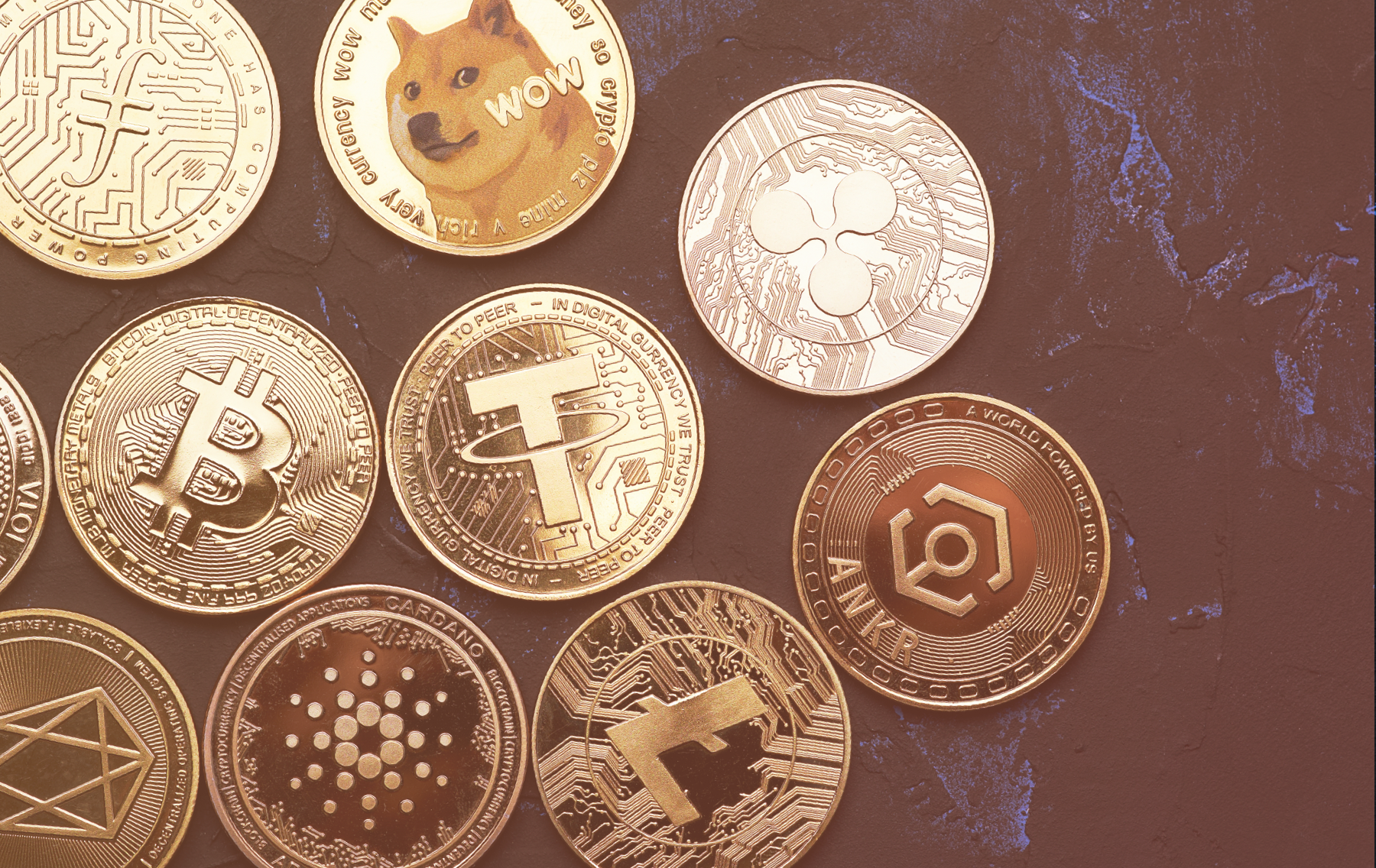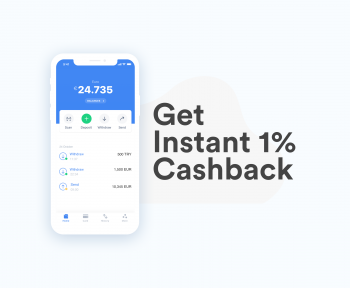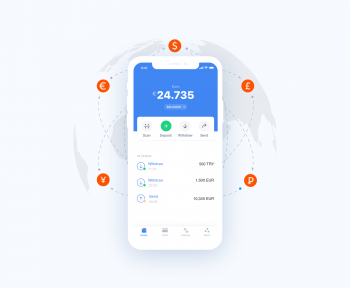For the past 10 years, the phrase “blockchain” has attracted a lot of interest, especially in the IT and financial sectors. The technology was first made popular by Bitcoin, a cryptocurrency that uses a blockchain and is used in supply chain management, voting, and healthcare.
What is Blockchain?
In its simplest form, blockchain is a digital ledger of transactions that is maintained by a network of computers. A block may only be added to the chain once; once it is there, it cannot be changed or removed. Each block in the chain contains a record of numerous transactions. As a result, it is a very safe and transparent way to carry out transactions because any user on the network can see and confirm them.
Blockchain is appealing since it’s decentralised, which eliminates the need for a central authority to monitor and handle transactions. Instead, the network of users validates transactions, making it more difficult for a single user to influence or damage the system.
Although blockchain technology is still in its infancy, it has already demonstrated significant potential in a number of different fields. It is being utilised to power cryptocurrencies and other financial applications in the finance sector, and it is also being investigated as a mechanism to safely store and communicate patient data in the healthcare sector. Another area where blockchain is gaining interest is supply chain management, which allows businesses to trace products from manufacture to delivery and increases transparency and security all the way through.
In this article, we will take a look at the background, operation, and numerous uses of blockchain technology in more detail. By the end, you’ll know more about what blockchain is and why it’s such a hot topic in business and IT circles.
The History of Blockchain
The first blockchain was created in 2008 by an unknown person or group of people using the pseudonym Satoshi Nakamoto. The Bitcoin cryptocurrency, which enabled peer-to-peer transactions without the need for a centralised authority, was powered by this blockchain. In time, programmers saw that blockchain’s underlying technology might be applied to more than simply cryptocurrency transactions. Now, everything from financial transactions to medical information are secured using blockchain technology.
How Blockchain Works
Blockchain is fundamentally a distributed ledger that enables safe and open transactions. A network of nodes that cooperate to keep the ledger’s integrity up verify each transaction. Here’s a step-by-step breakdown of how blockchain works:
- Transactions Initiated
User-initiated transactions are those that begin when a user sends a message to the network outlining the specifics of a transaction. This message includes the sender, receiver, and amount being sent information.
- Transactions Validated
The network of nodes then validates the transaction by determining whether the sender has sufficient funds to finish the transaction. The ledger is kept safe and every transaction is made genuine through the use of a consensus method.
- Transactions Added to a Block
After a transaction has been approved by the network, it is placed to a block with other transactions that have already been approved. Based on the transactions it includes, each block has a special code called a “hash” that makes it distinct.
- Block Added to the Chain
Once a block has been created, it is added to the existing chain of blocks, creating a permanent record of the transactions that have taken place. An unbreakable chain of transactions is made possible by the fact that each block in the chain is connected to the one before it by its hash.
- Network nodes update their ledger copies
To reflect the new transaction, each node in the network updates its copy of the ledger. By doing this, it is made sure that every user of the network has a current and accurate record of all transactions.
- Completed transaction
After the transaction is recorded on the blockchain, it is completed. Every member of the network may view and confirm all transactions since the ledger is decentralised and open.
The blockchain’s decentralised structure and use of encryption to safeguard each transaction contribute to its security. It is incredibly challenging for any one member to manipulate or damage the system since every transaction is confirmed by a network of nodes. Also, it is very hard to tamper with the ledger without being discovered since each block in the chain is linked to the one before it.
Overall, the ability to conduct transactions securely and transparently provided by blockchain makes it a viable technology for a number of businesses. Blockchain is changing the way we think about data and transactions by removing the need for a central authority and producing a tamper-proof ledger.
The Technology Behind Blockchain
Although the technology behind blockchain is complex, there are a few essential elements that make it work. Initially, a network of nodes employing a consensus mechanism verifies each transaction on the blockchain. This guarantees the integrity of every transaction and the safety of the ledger. Second, each transaction on the blockchain is encrypted using cryptography, making it almost hard to hack or change the ledger. Lastly, because blockchain is decentralised, no one organisation has authority over the ledger, making it more reliable and transparent.
Applications of Blockchain
There are many different blockchain applications. Blockchain technology is used in finance to support cryptocurrencies, peer-to-peer lending systems, and international payments. Blockchain is used in healthcare to safeguard medical information and give people ownership over their own data. Blockchain is used in logistics to trace shipments and verify product authenticity. Moreover, the use of blockchain in voting is being investigated as a technique to increase election security and transparency.
To sum up, it’s safe to say that the groundbreaking technology of blockchain is transforming the way we think about data and transactions. Blockchain is shaking up established sectors and generating new opportunities for both organisations and individuals by developing a safe, open, and decentralised method of managing information. In addition to the many aspects of its utilization, blockchain also offers plenty of data management options whether you are interested in banking, healthcare, logistics, voting, or personal use.



